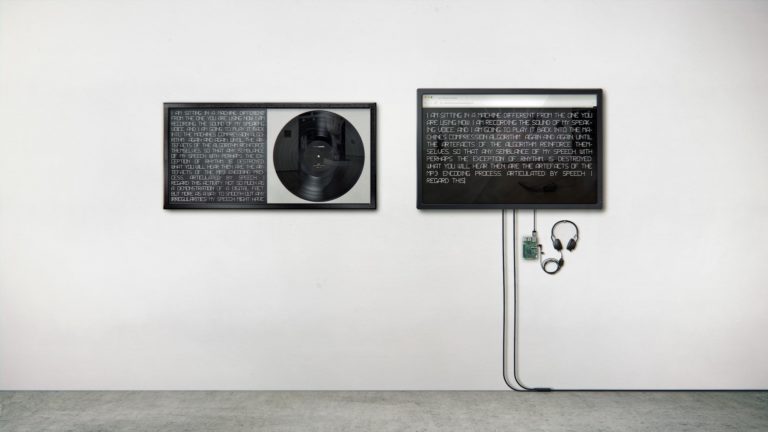
Created by Martin Backes, ‘I am sitting in a machine’ is a two part work algorithmic work consisting of a dubplate vinyl and a webpage containing 32 tracks selected from 3000 successive iterations of MP3 encoding.
Displaying search results
125 Results
Created by Martin Backes, ‘I am sitting in a machine’ is a two part work algorithmic work consisting of a dubplate vinyl and a webpage containing 32 tracks selected from 3000 successive iterations of MP3 encoding.
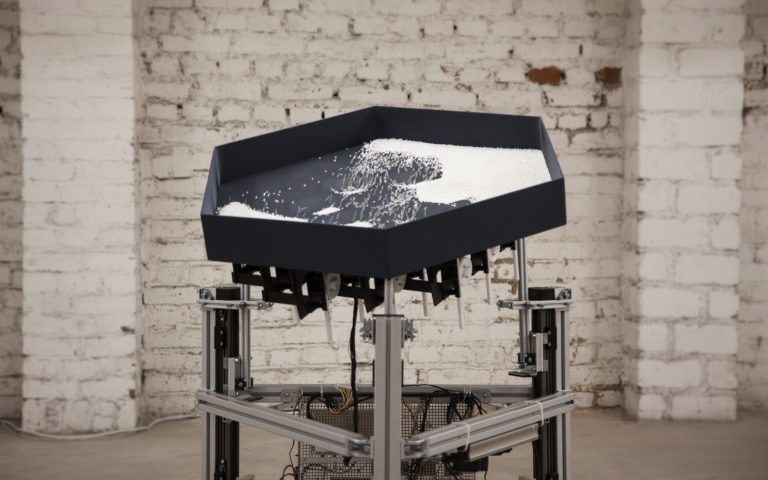
Created by digital design studio NEOANALOG , “Particle Flow” is a physical installation comprised of granules driven by gravity and topography forming an analogue particle system. A moving slanted plane and a grid of motorized stamps control the elements to form infinite variations of behaviours and patterns.
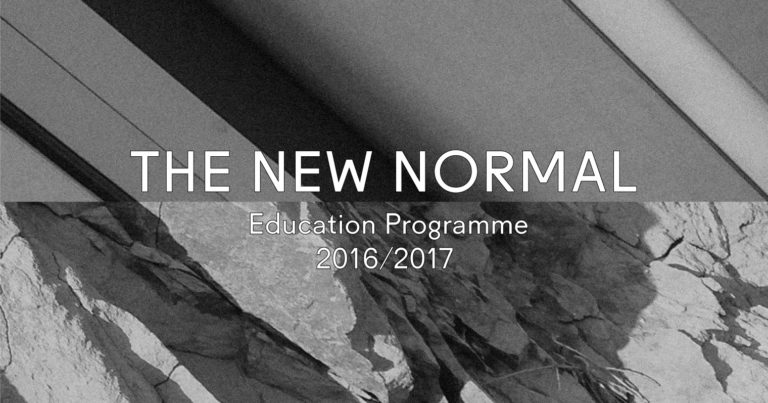
Strelka Institute for architecture, media and design launched the enrollment campaign for the postgraduate education program. The theme of the 7th academic year at Strelka is The New Normal.
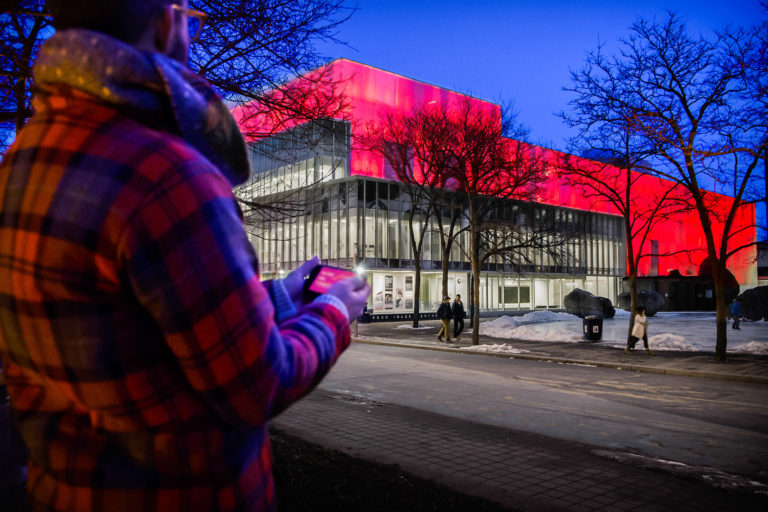
Dave Colangelo, a researcher and artist focused on the role media plays in the city. An Assistant Professor at the Portland State University in the School of Theatre + Film, and a member of the Public Visualization Studio, Colangelo chatted with CAN about media façades, public art, and Pokémon Go.
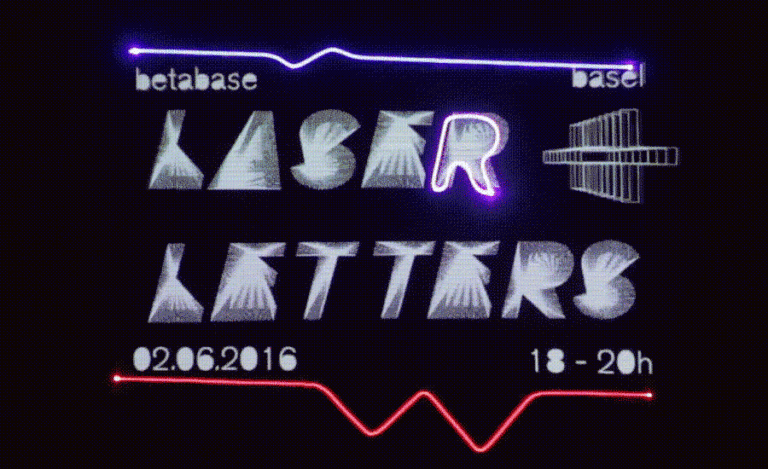
Created at The Basel School of Design by the 1st year Visual Communication students, Laser Letters is a group project resulting from a short 6 day course providing an introduction and overview of topics in the realms of typography and media interaction.
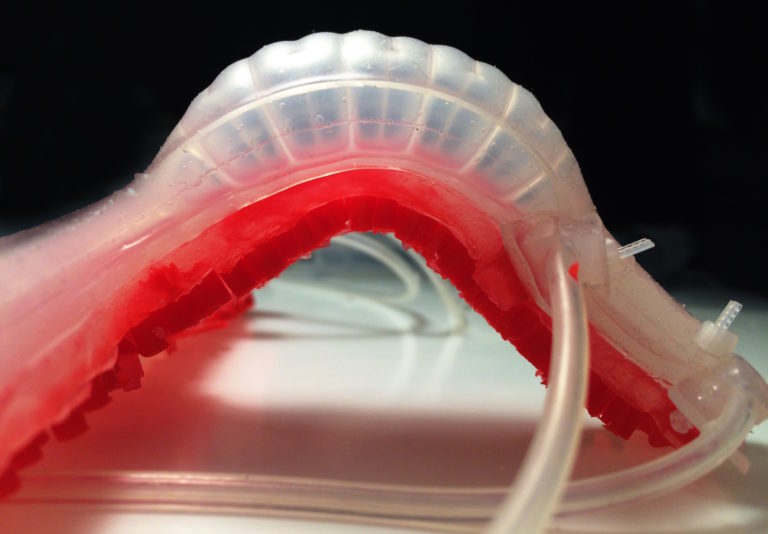
Exploring behavior based design systems that are self-aware, mobile, and self-structure / assemble. The following is the work AADRL Spyropoulos Design Lab at the Architectural Association School of Architecture, in London.
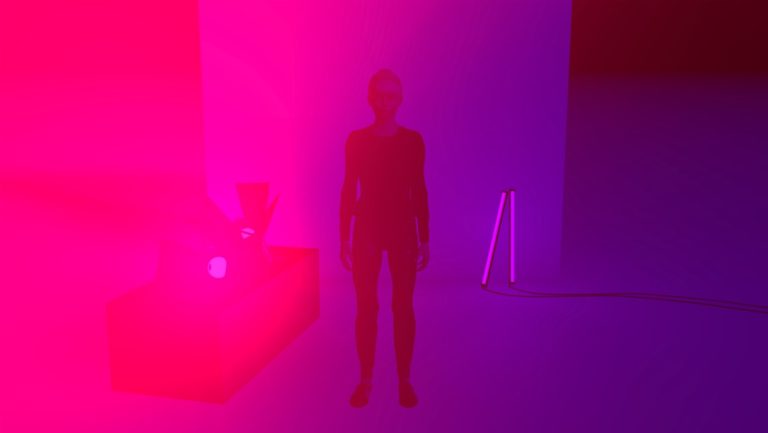
Taking place at Espacio Fundación Telefónica in Lima between 17 March – 19 June, New Realities is a touring exhibition curated and produced by Alpha-ville which explores how the phenomenal pace of technological advancement is changing the way we perceive ourselves and our world.
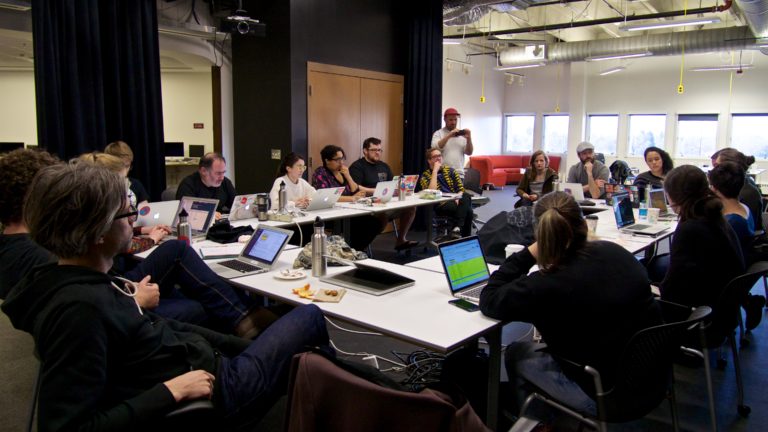
In late February 2016, a group of openFrameworks users and educators gathered in Denver Colorado to work on improving the ways people learn and use openFrameworks (OF). They worked intensely for 3.5 days, 12 hours per day, collectively committing more than 800 people-hours to creating and improving openFrameworks learning resources to help students around the world learn how to create with this powerful digital arts and design tool.
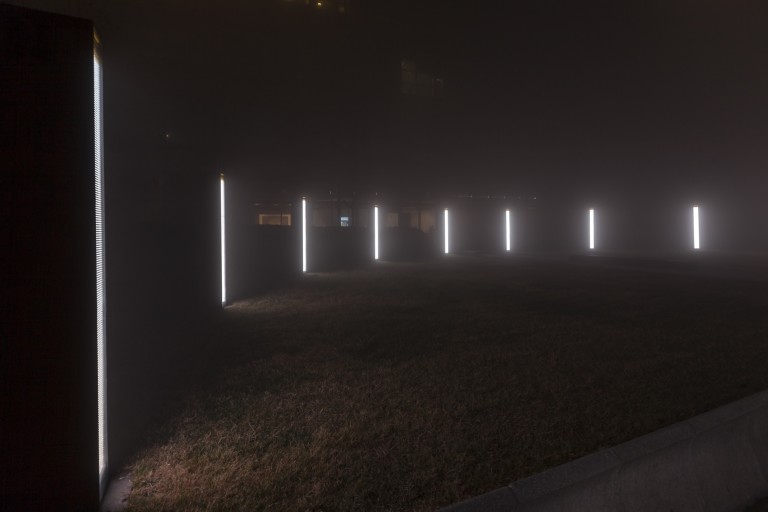
In the countryside surrounding the town of Modena, immersed in peace and silence, a big luminous country farmhouse is home to one of the most up and coming protagonist on the Italian digital art scene: fuse*. We were lucky enough to have the chance to meet up with Mattia, to ask him about his, and his team’s, passion for using innovative techniques and aesthetics used in their work, continually seeking new ways and means: the secret of their relentless and overwhelming success.
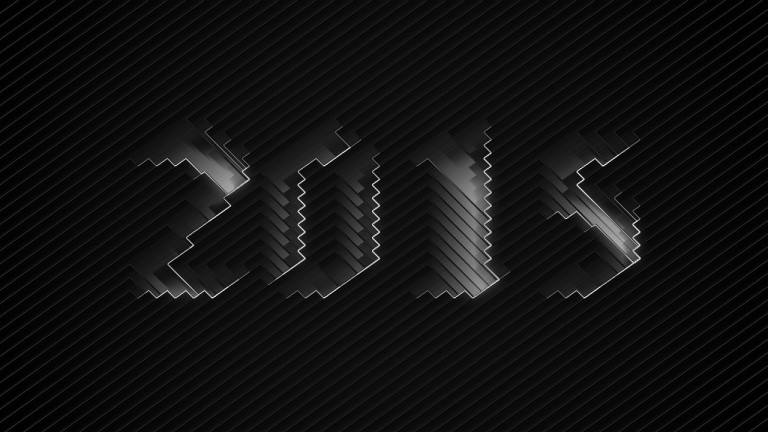
As 2015 winds down we look back at almost 200 extraordinary projects we’ve covered this year on CAN. And as is the case every year, picking the ten ‘best’ is hard if not impossible, as each of them has driven the conversation around the state of art and design in their own unique way. And yet, the following ten works stuck with us and, if anything, make great starting points for reflection and inspiration as we head into the new year. Until we continue our coverage in early January: happy holidays and thank you all for a great 2015!
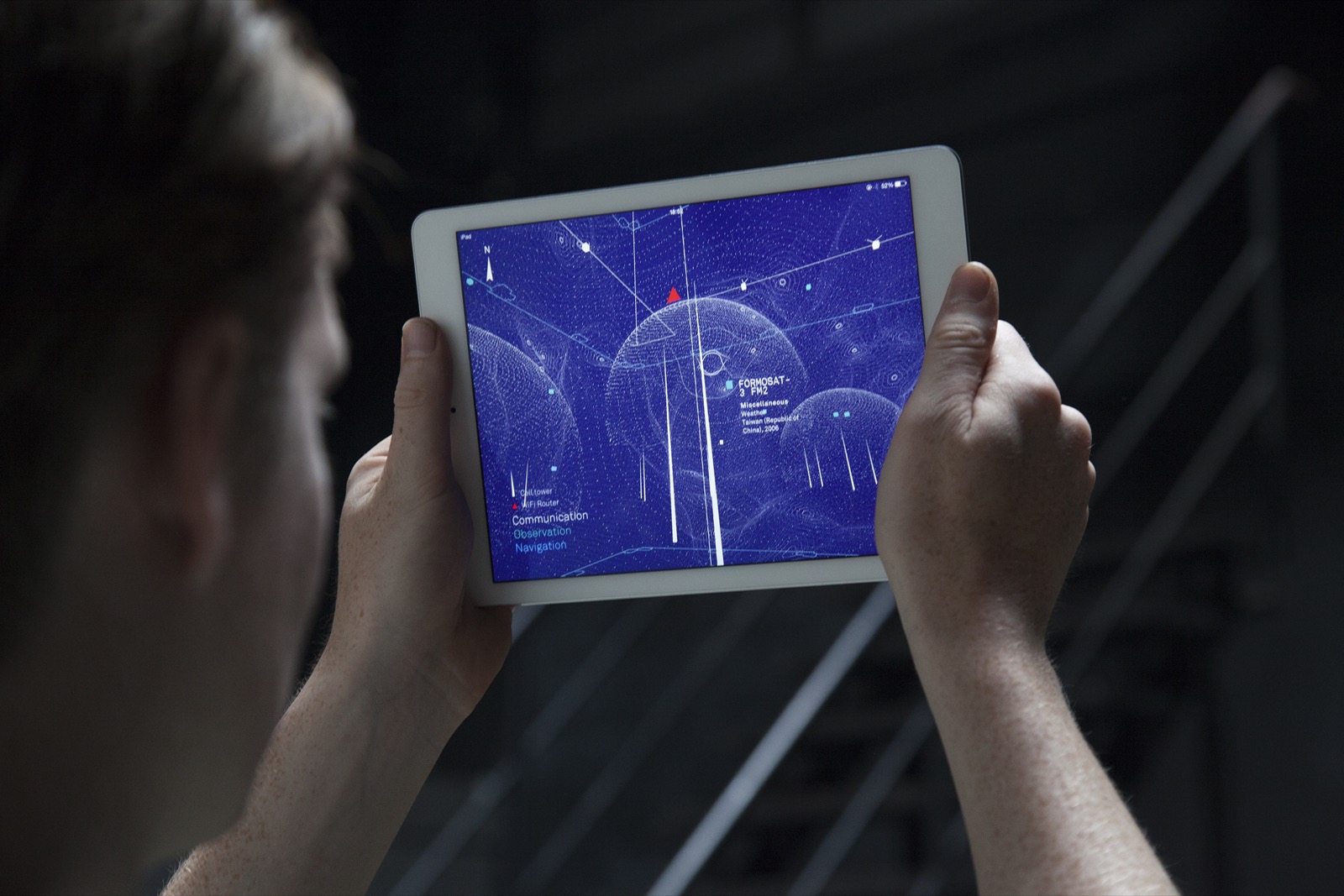
Created by Richard Vijgen, The Architecture of Radio is a site-specific iPad application that visualizes this network of networks by reversing the ambient nature of the infosphere; hiding the visible while revealing the invisible technological landscape we interact with through our devices.
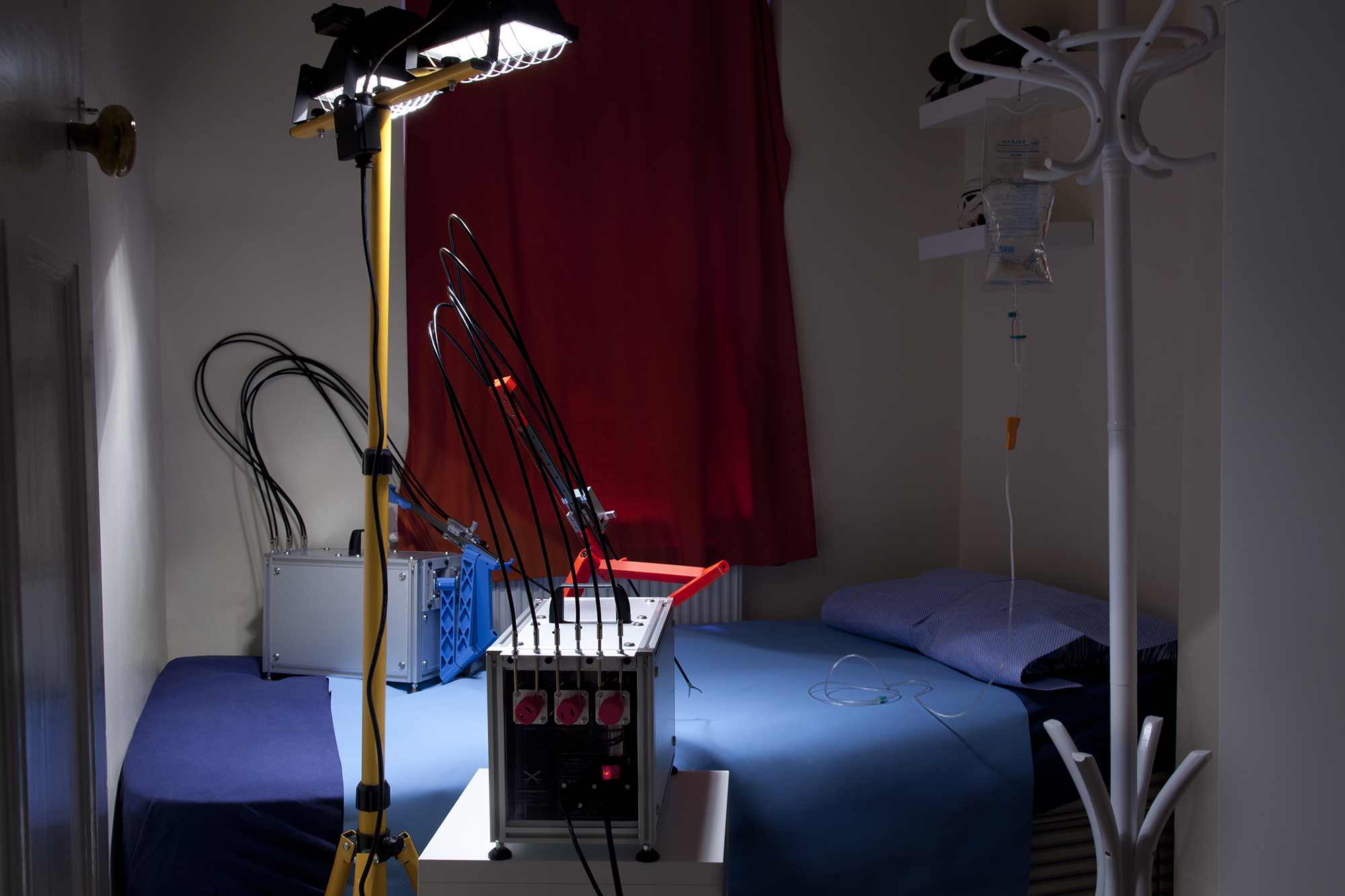
The OpenSurgery project investigates whether building DIY surgical robots, outside the scope of medical regulations, could plausibly provide an accessible alternative to costly professional healthcare services worldwide.
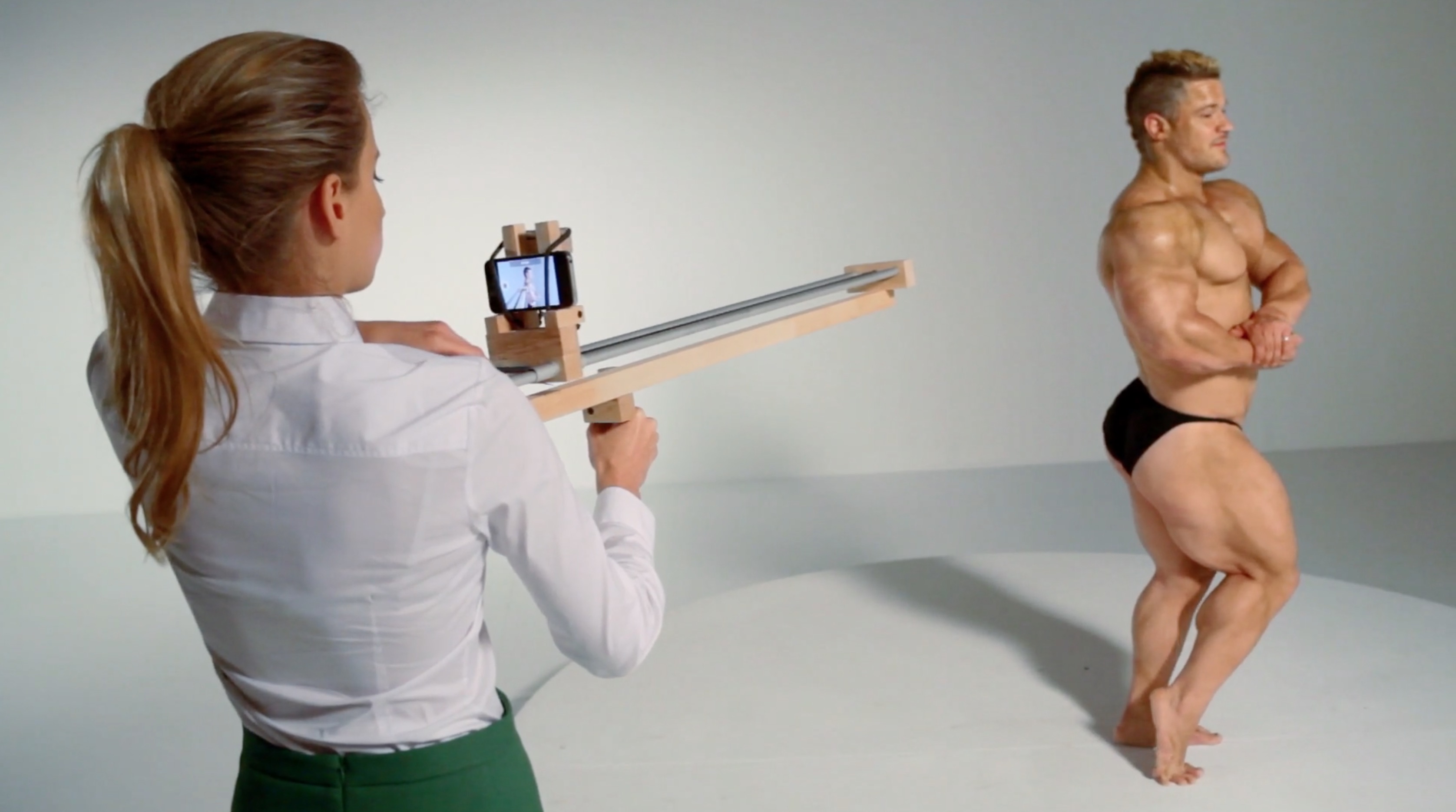
Created by the Bachelor Photography and Master Product Design students at ECAL, #PhotoBooth is a project and a series of interactive installations showing how mobile phone cameras and the selfie phenomenon changed the way we look at ourselves.

From November to January 2014, Muriel Guépin Gallery in NY was the home to ‘Bright Matter’, an exhibition of enigmatic works by five international artists widely recognized for their spatial-aesthetic research, creative engineering, and stunning perceptual hacks. We check in with the event’s instigator, curator, and participating artist Joanie Lemercier for a report, the back story, and a 2015 teaser.

Following their incisive examinations of online advertising ecosystems and browser activity ad profiling, the Office for Creative Research recently completed an interactive touchscreen-based interactive work that visualizes (and sonifies) botnet activity based on data collected by Microsoft’s Digital Crimes Unit.
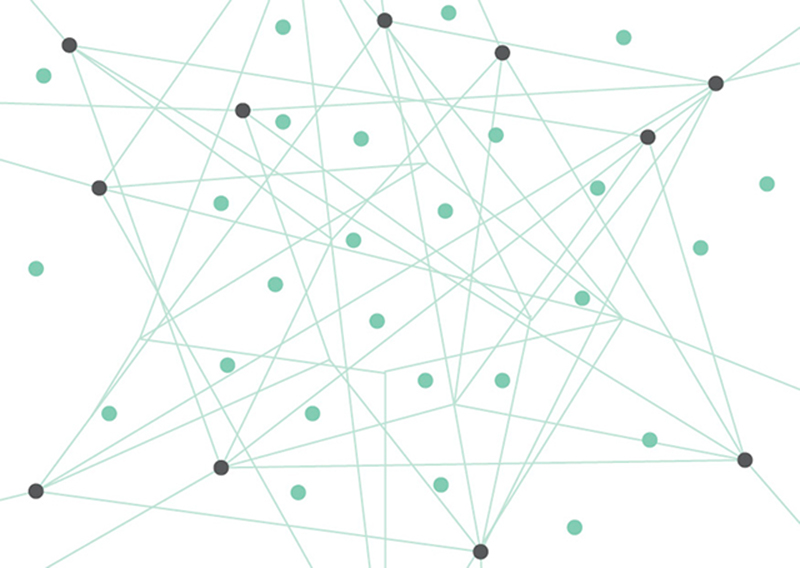
Will digital technologies make an impact on democracy? Is the future museum an online environment? Could an app redefine past and present? What more can online participation involve? How does cultural exchange take place online?
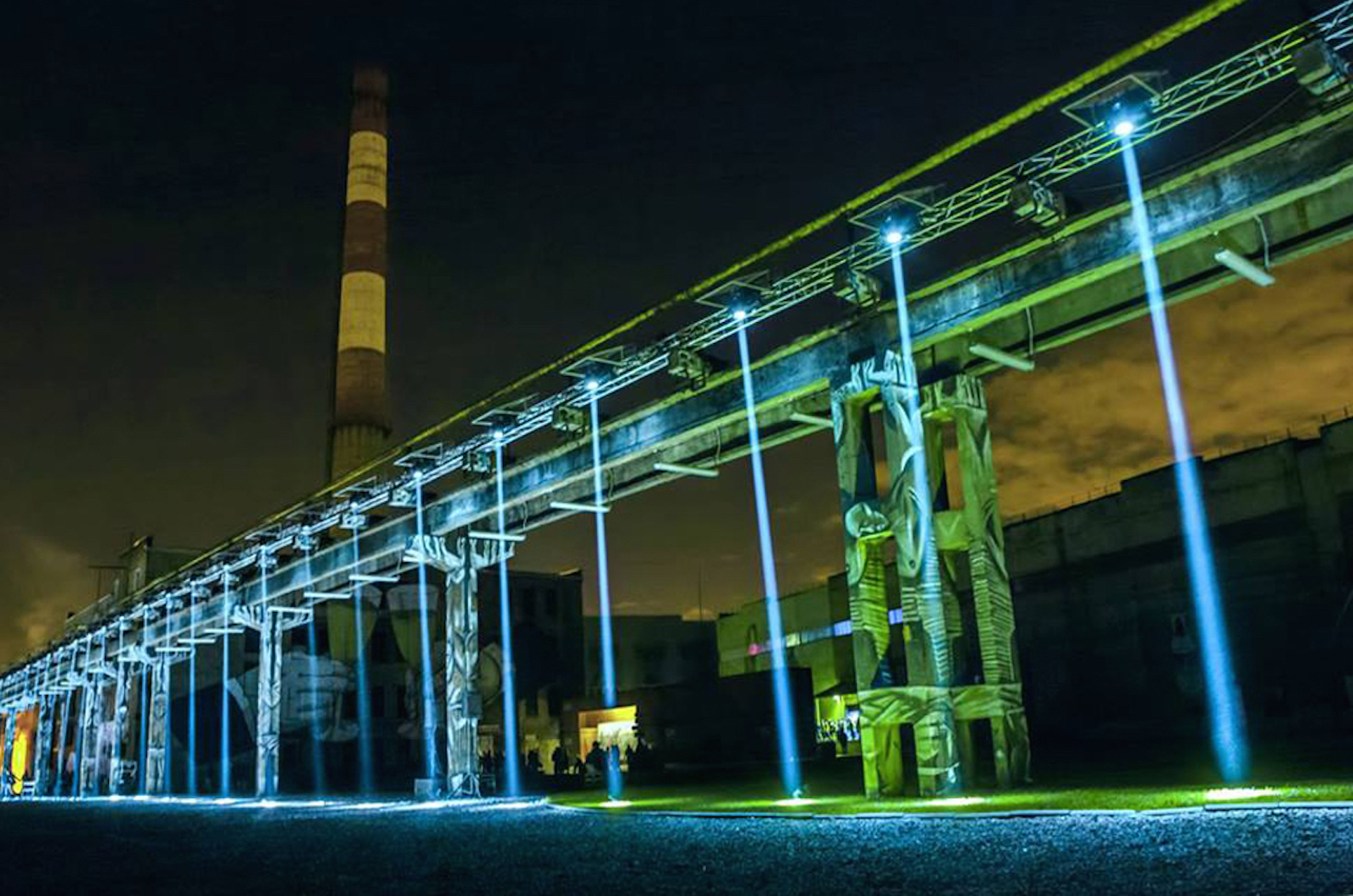
Tundra define themselves as a “collaborative artistic collective” whose members include musicians, sound engineers, programmers and visual artists. Their focus is to create “spaces and experiences by making sound, visuals and emotions work together” in audiovisual performances and interactive installations.
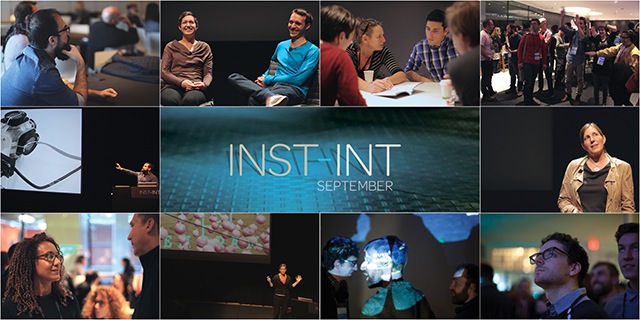
Don’t miss this INST-INT if you’re interested in interactive experiences in the physical space, responsive environments and the sensing systems they incorporate. INST-INT presents a unique chance to connect and learn from an international roster of first class creators sharing insights from the intersection of art, technology and interaction.

Wake Up With the World is a an iOS application that turns your wake up alarm into musical collaborative experience. When you wake your GPS coordinates are translated into musical notes and combined with those of every other person waking up at the same moment as you.

Aerosol explores what happens when we reverse the common process of transferring physical systems into virtual ones. In this project 16 servo motors control the undulated landscape setting iron balls in continuous motion.

Curated in collaboration with EWHA’s Cross Media Lab, Kimchi and Chips and CreativeApplications.Net, The Distortion Field is a discussion concerning the connection between artists and audiences within emerging media.
Creativeapplications.Net (CAN) is a community of creative practitioners working at the intersection of art, media and technology.
Join us today by becoming a Member.
• Archive: Access thousands of projects, scores of essays, interviews and reviews.
• Publish: Post your projects, events, announcements.
• Discuss: Join our Discord for events, open calls and even more projects.
• Education: Tutorials (beginners and advanced) with code examples and downloads.
• Jobs Archive: Find employers who have recruited here in the past (over 1,000 jobs).
• Discounts: Special offers and giveaways (events, books and media).
• Ad-Free Reading: No advertisements or banners of any kind.
• Studios/Organisations: Read more about benefits here.